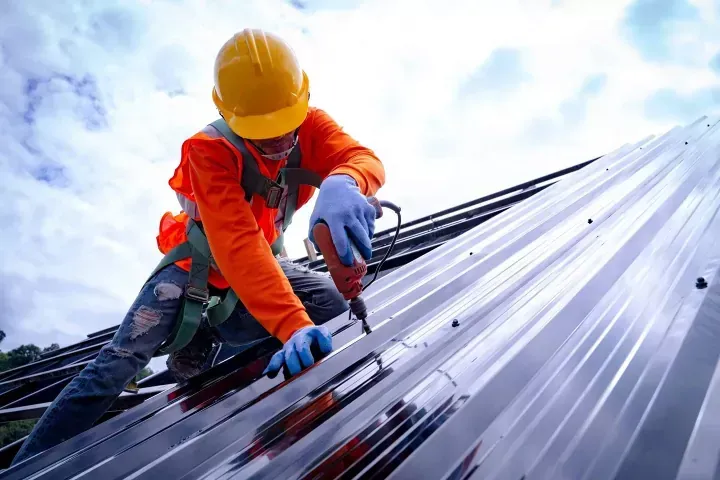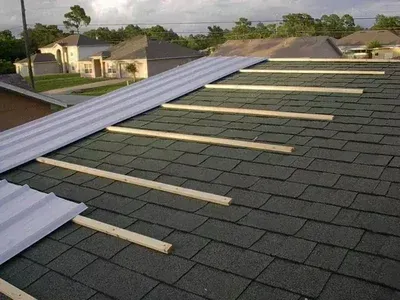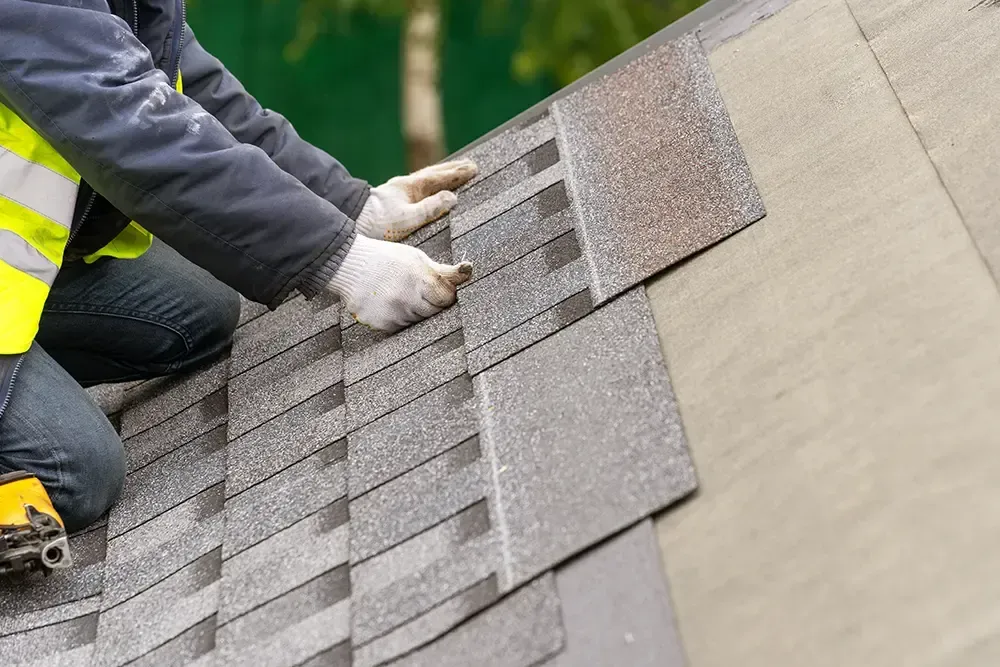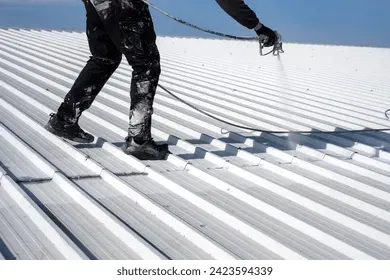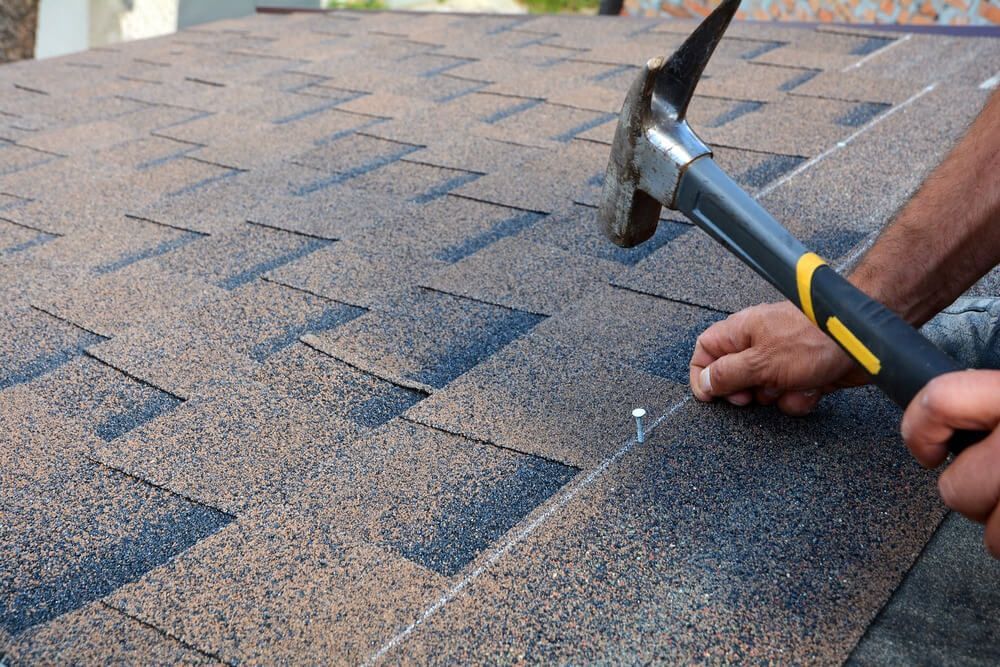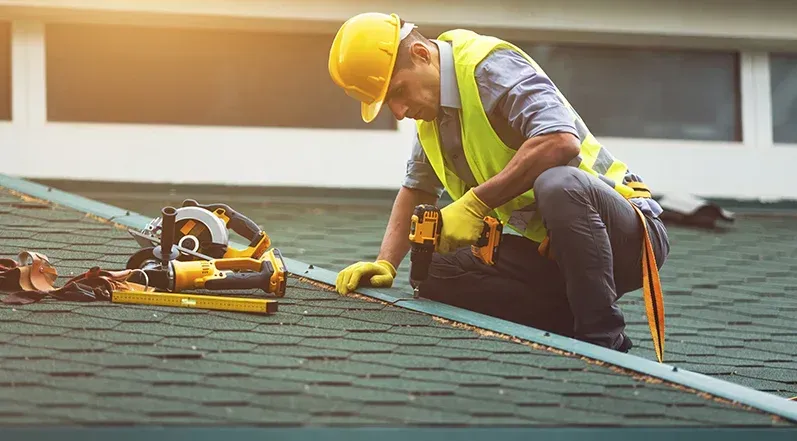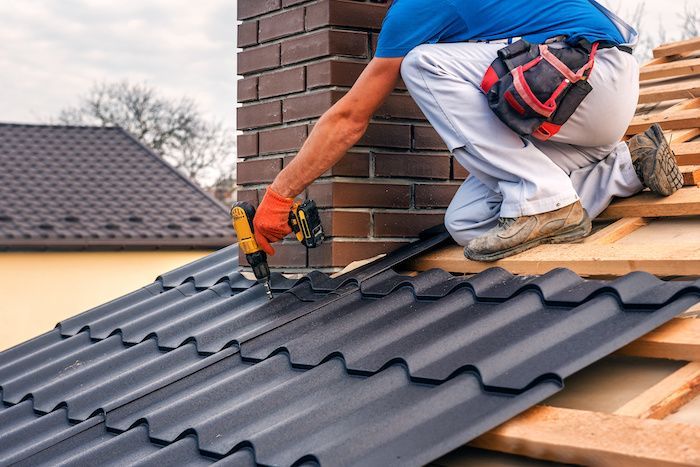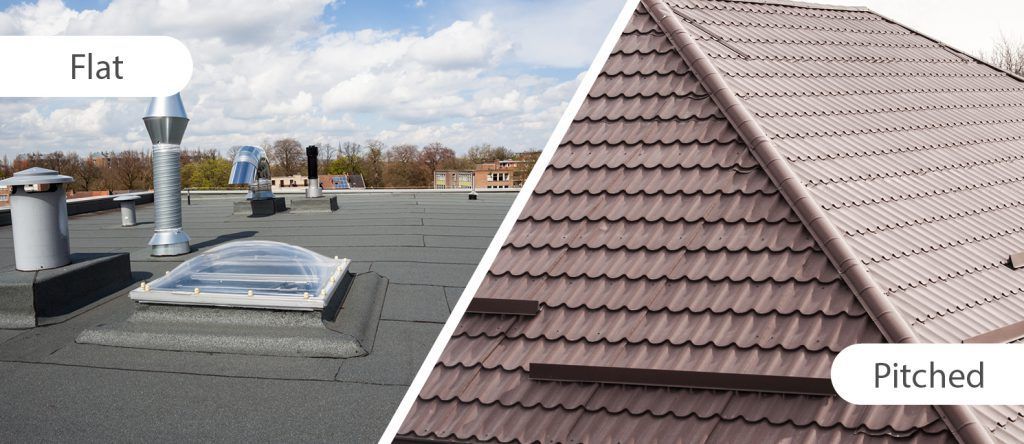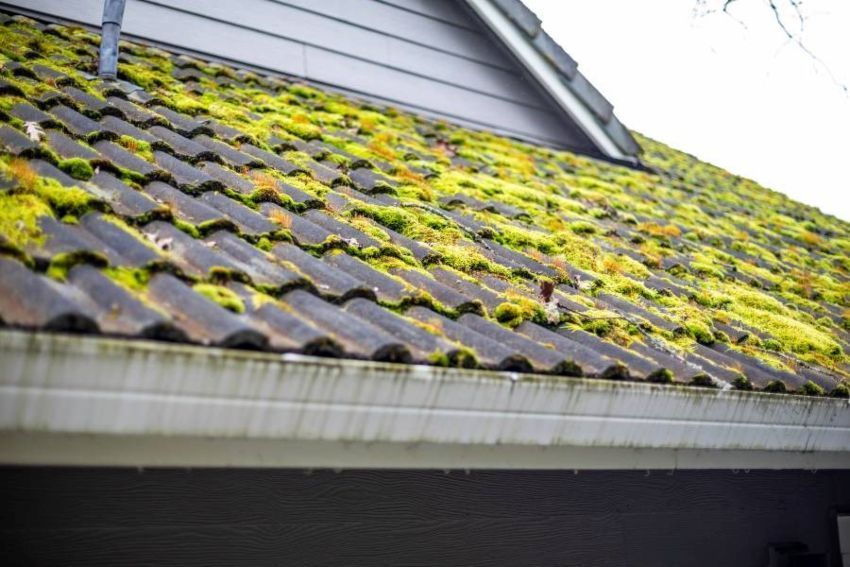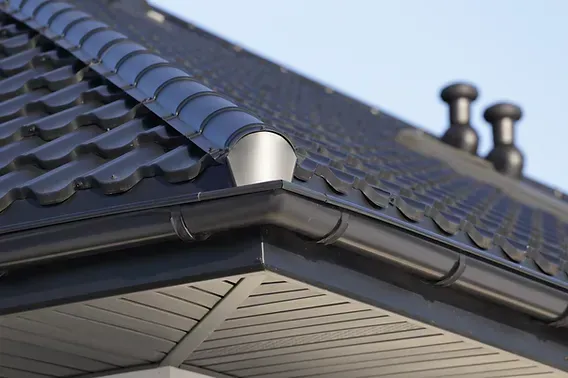What Are the Warning Signs of Roof Ventilation Problems?
Proper roof ventilation is a crucial yet often overlooked aspect of maintaining a healthy, energy-efficient home. Without adequate airflow in your attic, a cascade of issues can arise, affecting everything from your home’s structural integrity to your energy bills. Recognizing the warning signs of roof ventilation problems early can save you from costly repairs and improve your home's overall comfort.
Why Do Roof Ventilation Problems Occur?
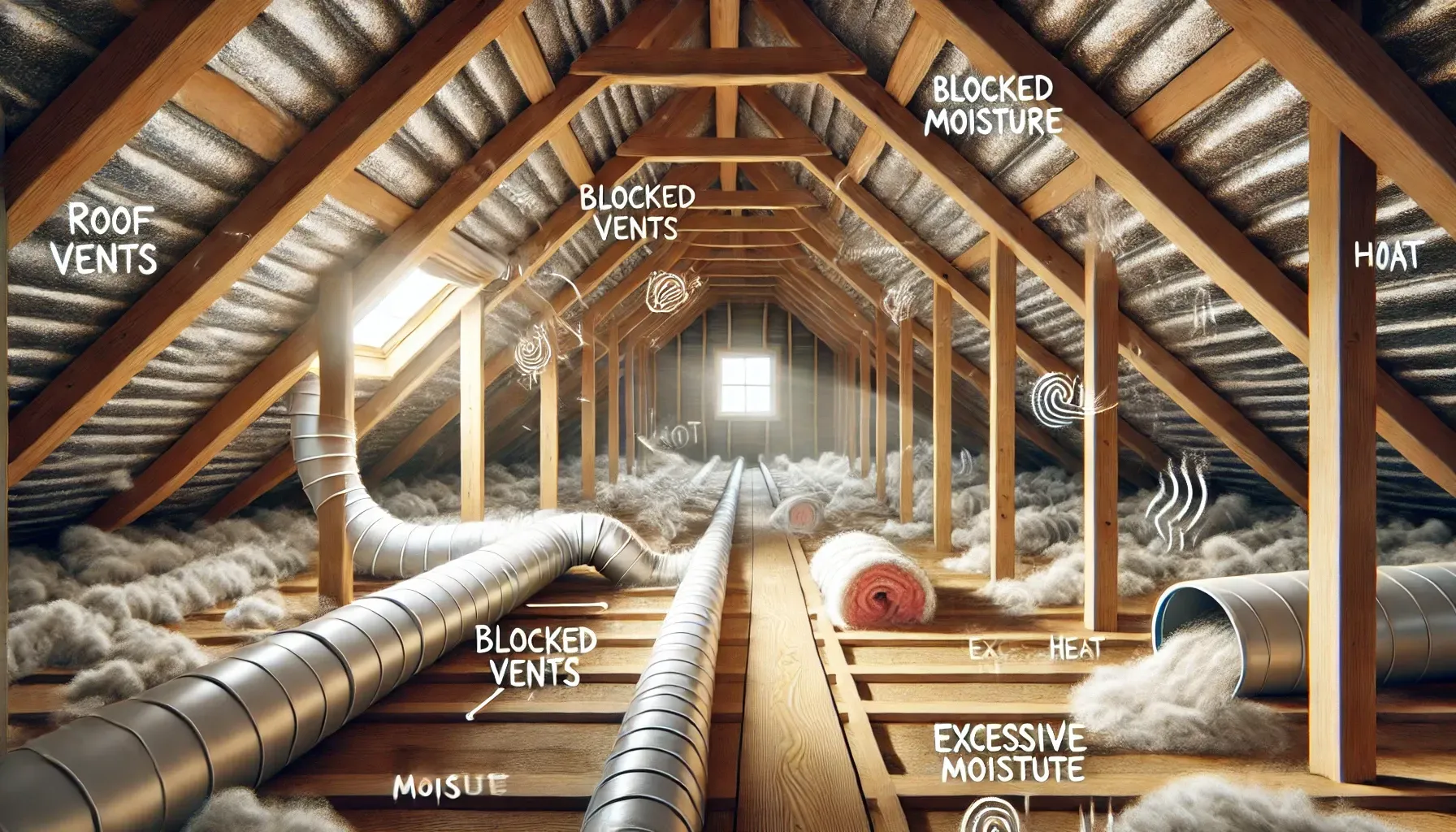
Roof ventilation problems typically stem from poor design, blockages, or neglect. Insufficient vents, clogged intake or exhaust vents, or improperly installed insulation can all hinder airflow. When air cannot circulate freely, your attic becomes a breeding ground for issues like moisture buildup, excessive heat, and structural damage.
Common Warning Signs of Roof Ventilation Problems
1. Attic Moisture Buildup
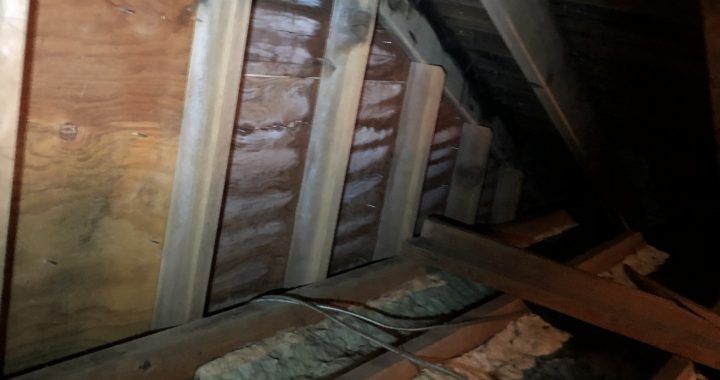
One of the earliest indicators of poor roof ventilation is excessive moisture in the attic. If you notice condensation on windows, damp insulation, or a musty smell in your attic, it’s a clear sign that air isn’t flowing properly. This trapped moisture can lead to serious problems like wood rot and mold growth.
2. Roof Mold and Mildew
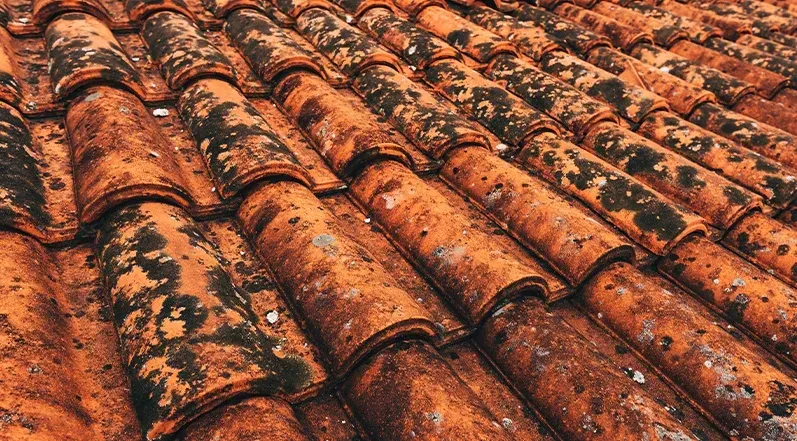
Mold and mildew thrive in damp environments, and an improperly ventilated roof provides the perfect conditions. Dark patches on your roof decking or insulation are telltale signs. Over time, mold can compromise your roof’s structural integrity and pose health risks to your family.
3. Heat Trapped Under the Roof
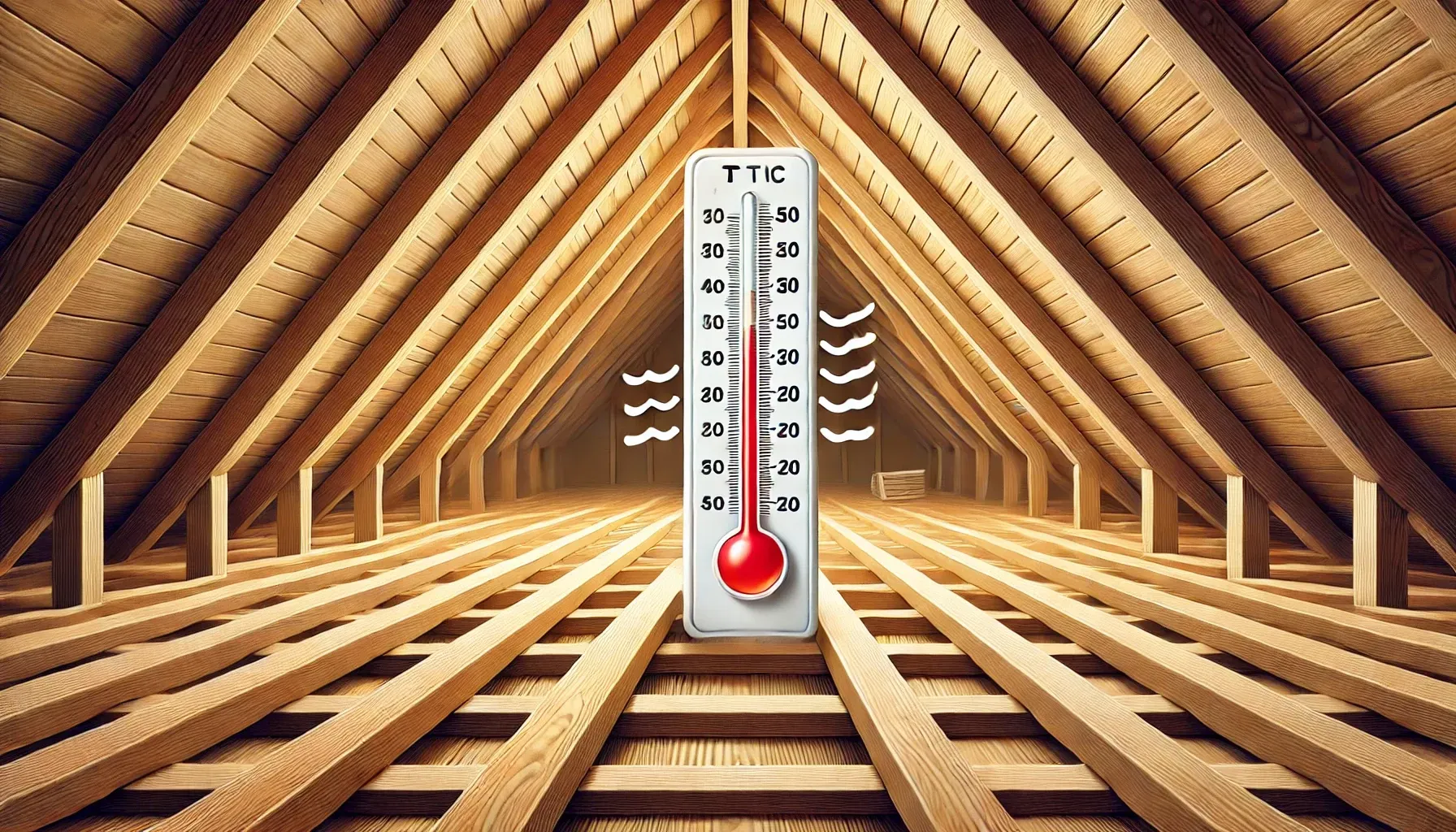
Inadequate ventilation often results in excessive heat buildup in your attic. During summer, this can drive up cooling costs and even cause shingles to warp or crack. If your attic feels unbearably hot, it’s a sign that ventilation issues need to be addressed.
4. Ice Dams in Winter
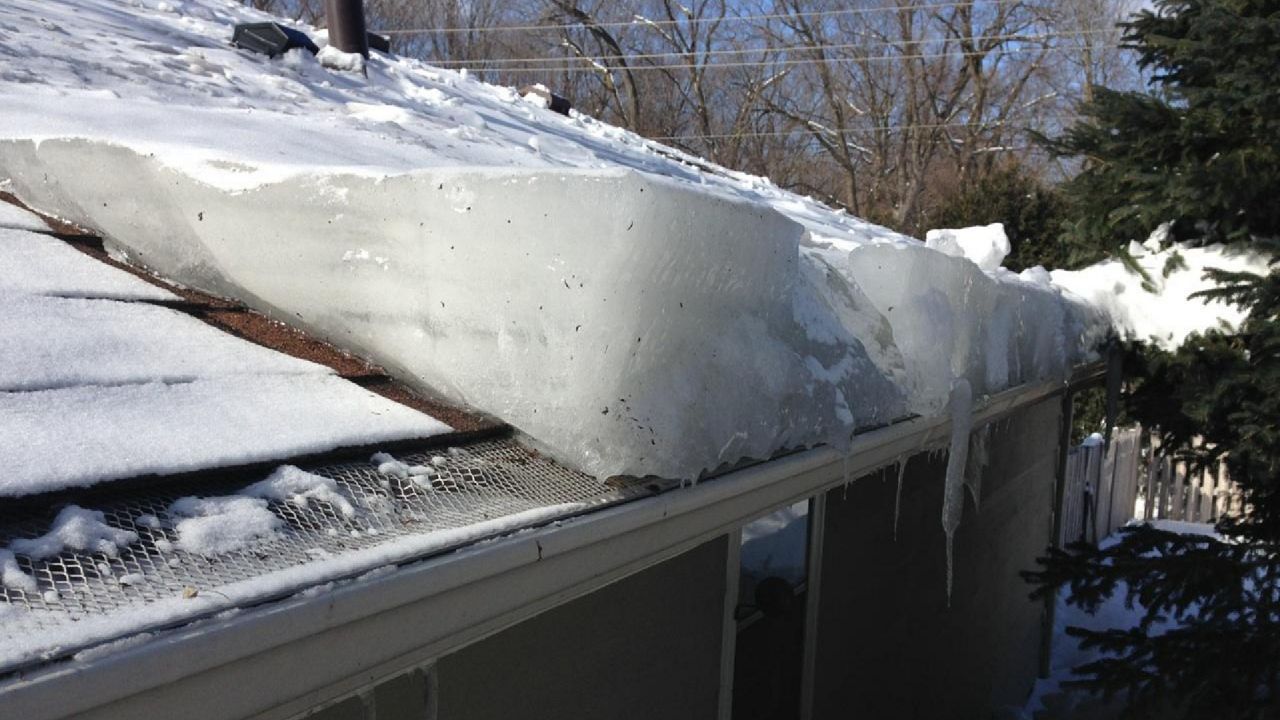
In colder months, poor roof ventilation can lead to ice dams. These occur when warm air from the attic melts snow on the roof, which then refreezes at the edges. Ice dams can cause water to back up under shingles, leading to leaks and water damage.
5. Shingle Damage from Poor Ventilation
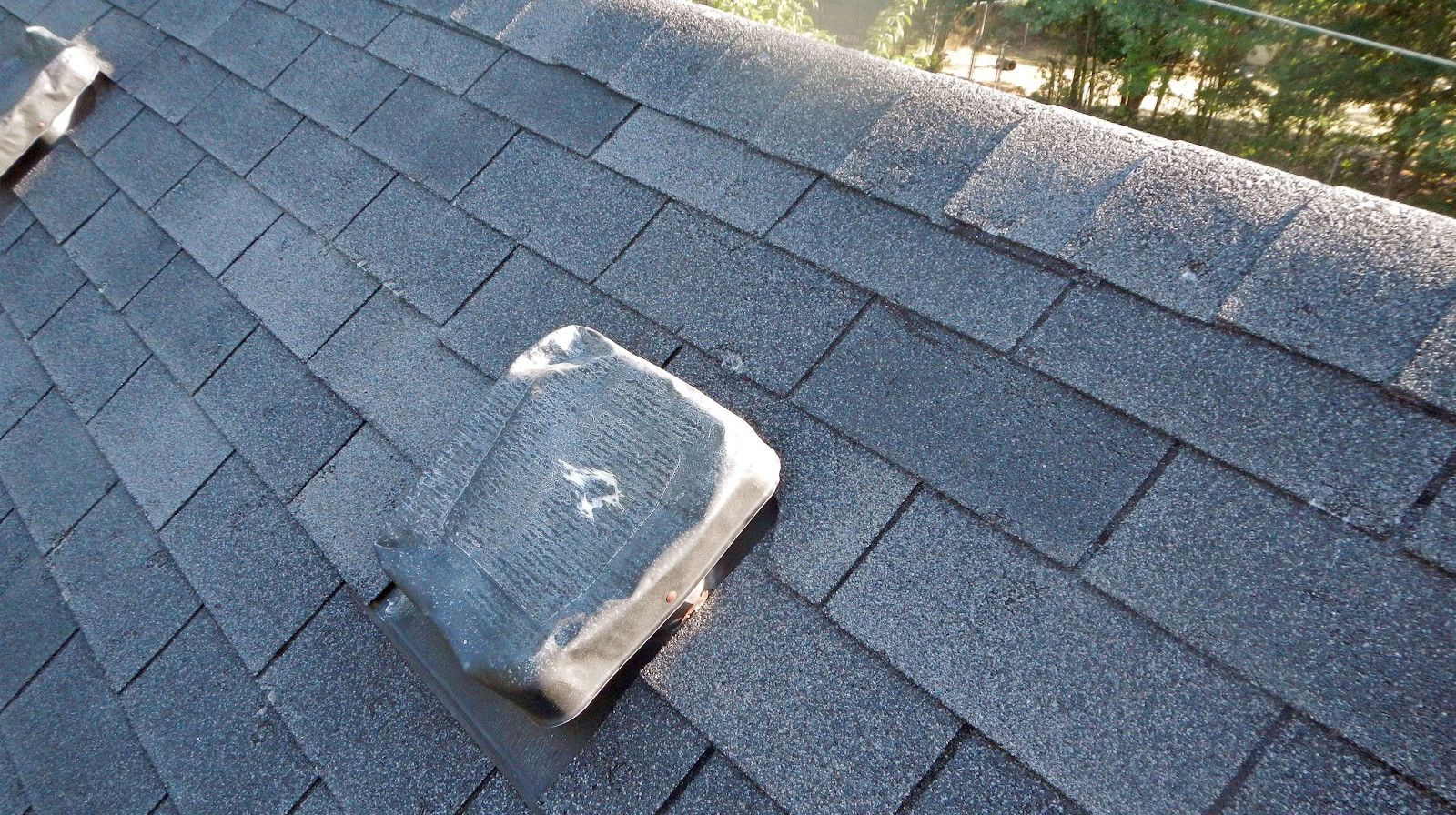
Roof shingles are designed to withstand a variety of weather conditions, but inadequate ventilation can accelerate their wear and tear. If you’ve noticed shingles curling, blistering, or prematurely aging, poor ventilation may be to blame.
6. Energy Inefficiency Due to Poor Roof Airflow
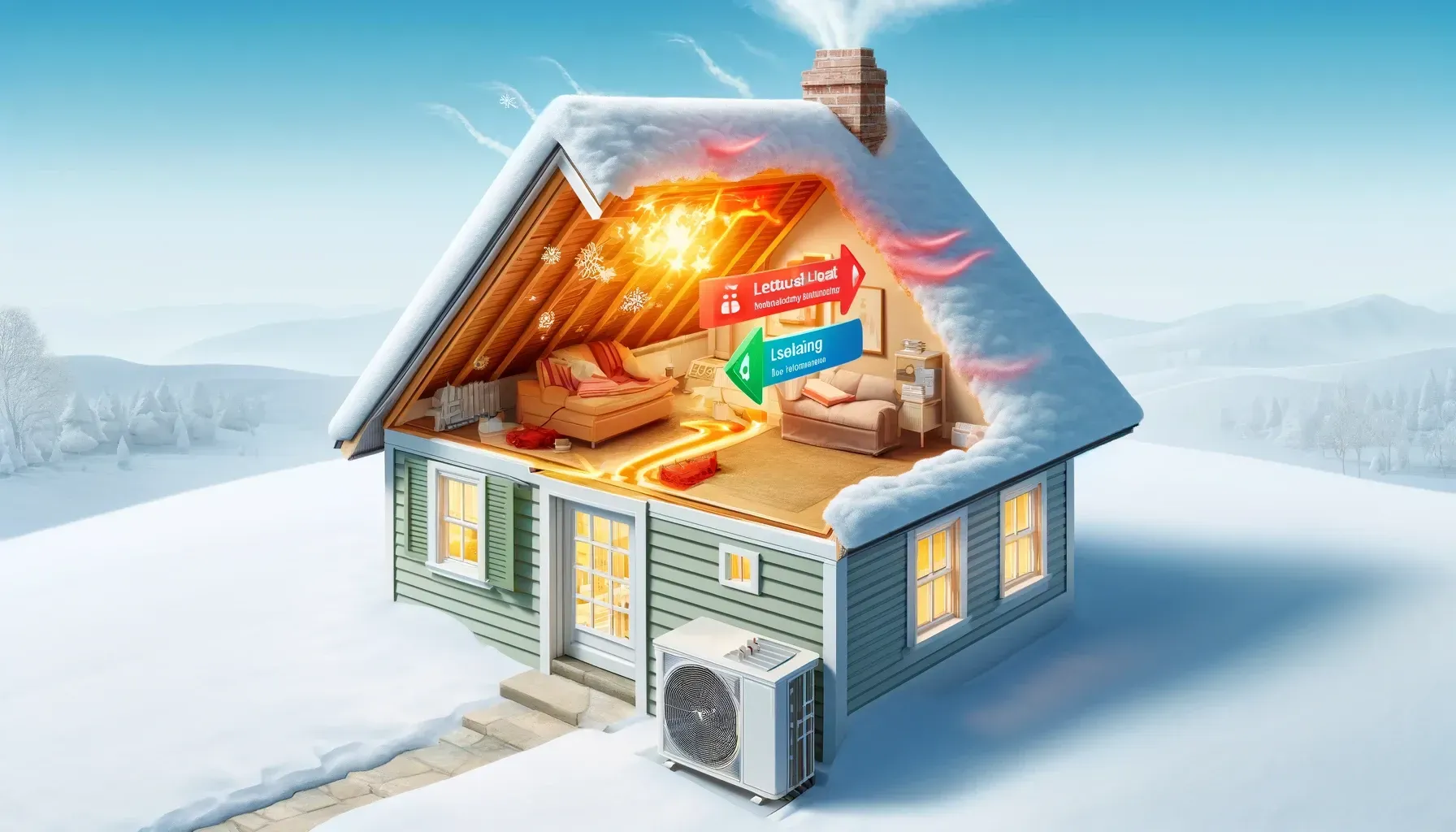
High energy bills, especially during peak summer and winter months, can be another red flag. When heat gets trapped in your attic during summer or leaks out in winter, your HVAC system has to work overtime to maintain indoor comfort.
7. Signs of Air Circulation Problems in Attics
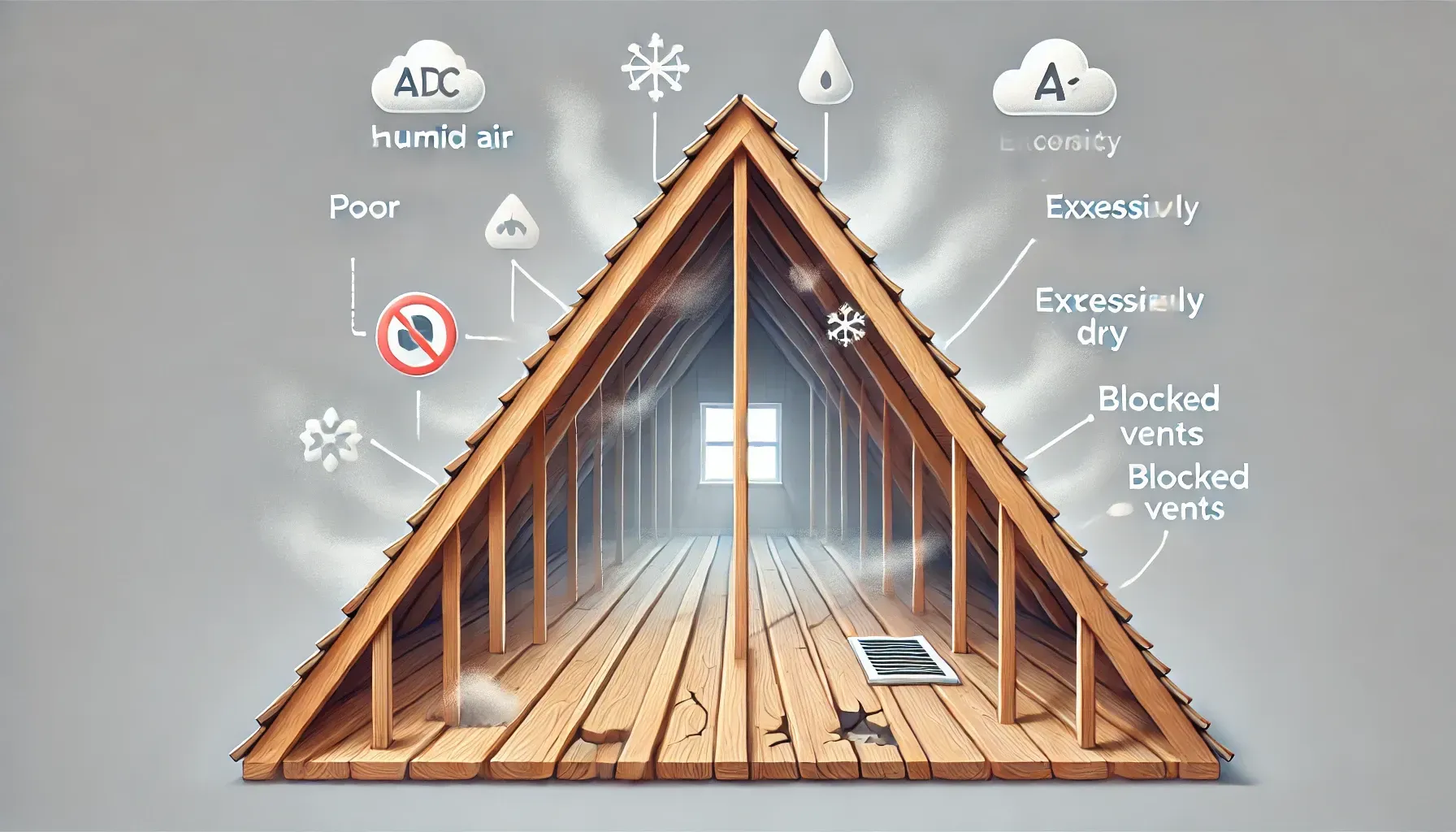
Poor airflow manifests in several ways. If your attic feels stuffy, overly humid, or excessively dry, it’s a sign that your roof ventilation system isn’t functioning as it should. Regular inspections can help identify these issues before they worsen.
How to Identify Roof Ventilation Problems
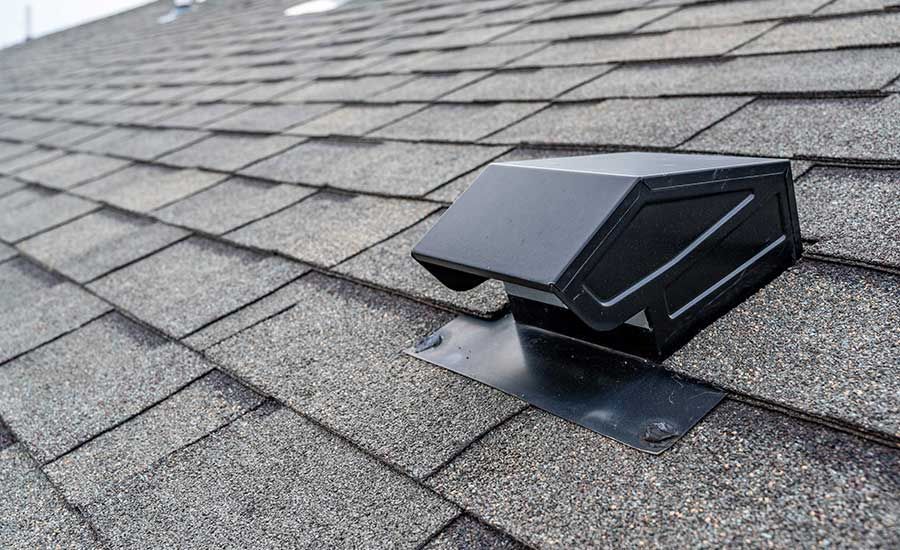
To identify ventilation issues, start with a thorough inspection of your attic and roof. Look for visible signs like moisture, mold, or damaged insulation. If these signs are present, they might also indicate more significant roofing issues. Check out our guide on Signs Your Roof Needs Repair to better understand what to look for. Ensuring intake and exhaust vents are clear of debris and that air can flow freely is critical to maintaining proper ventilation.
Preventing Roof Ventilation Problems
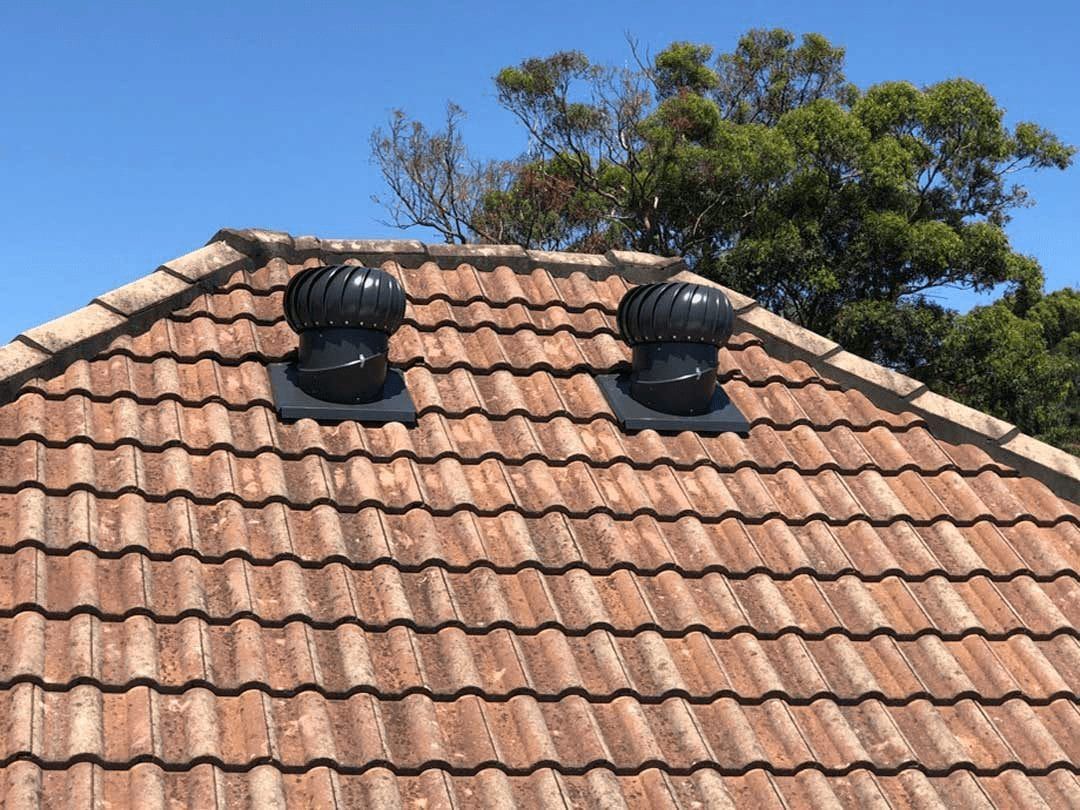
1. Install Proper Attic Ventilation Systems
Ensure your roof has a balanced system of intake and exhaust vents. Ridge vents, soffit vents, and gable vents work together to promote consistent airflow.
2. Regular Roofing Maintenance Tips
Schedule regular inspections with a roofing professional to check for blockages, damaged vents, and insulation issues. Routine maintenance can help prevent small problems from becoming major concerns.
3. Address Causes of Roof Condensation
Proper insulation and air sealing can reduce the risk of condensation. Ensure that bathroom and kitchen exhaust fans vent to the outside, not into the attic.
When Should You Replace Instead of Repair?
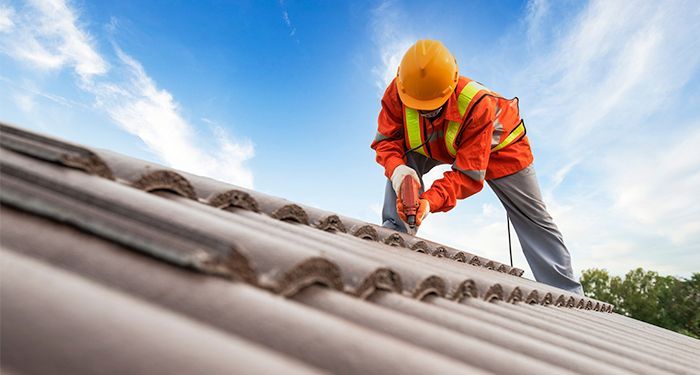
Sometimes, ventilation problems are too severe for simple repairs. If mold has spread extensively, shingles are heavily damaged, or your roof is nearing the end of its lifespan, replacement may be a more cost-effective solution. Consult a roofing contractor to assess the damage and recommend the best course of action.
Conclusion
Recognizing the warning signs of roof ventilation problems is the first step to protecting your home and saving money. By addressing these issues early and maintaining a proactive approach to roof care, you can prevent costly damage and ensure your home remains safe and energy-efficient for years to come.

